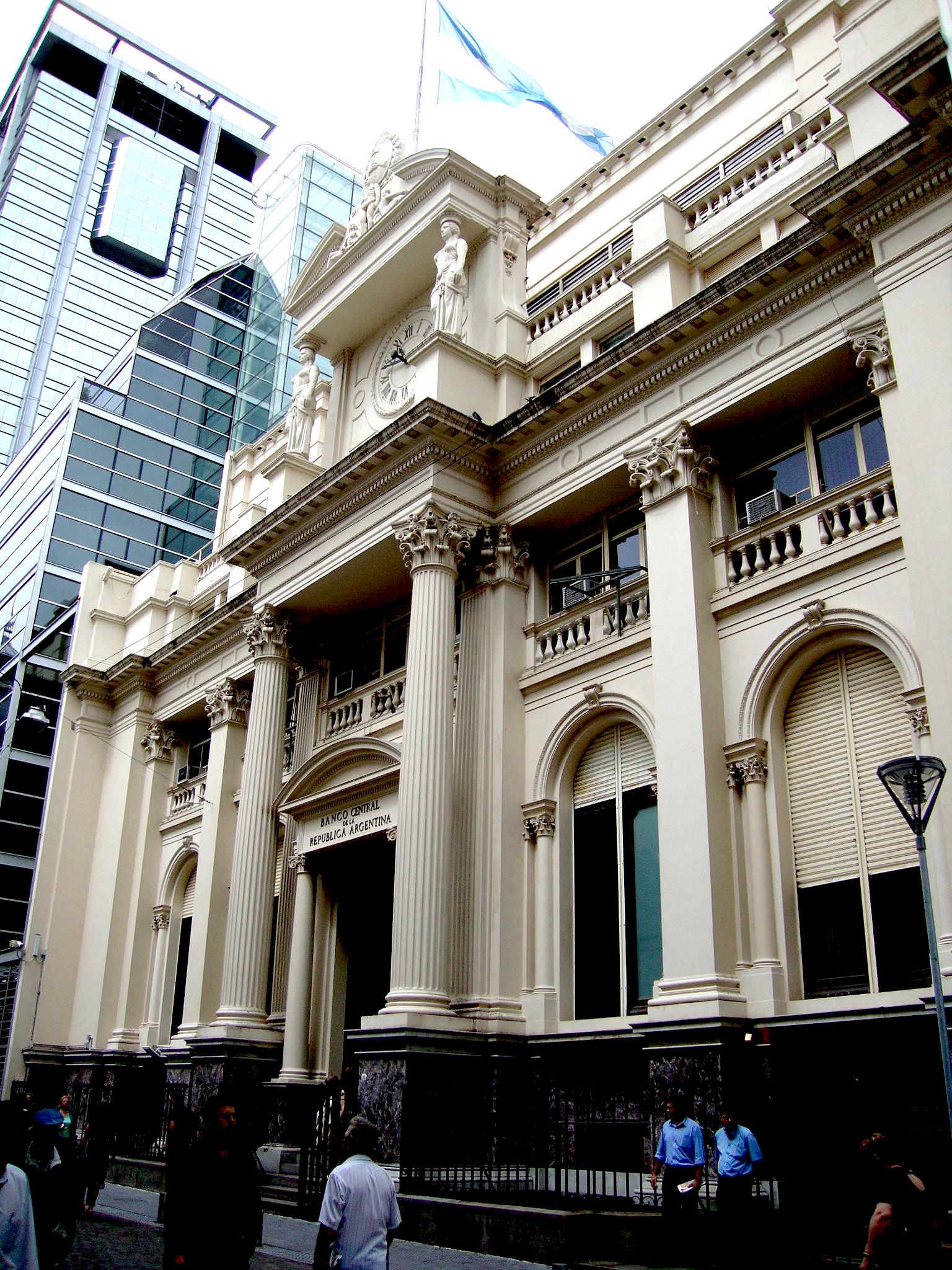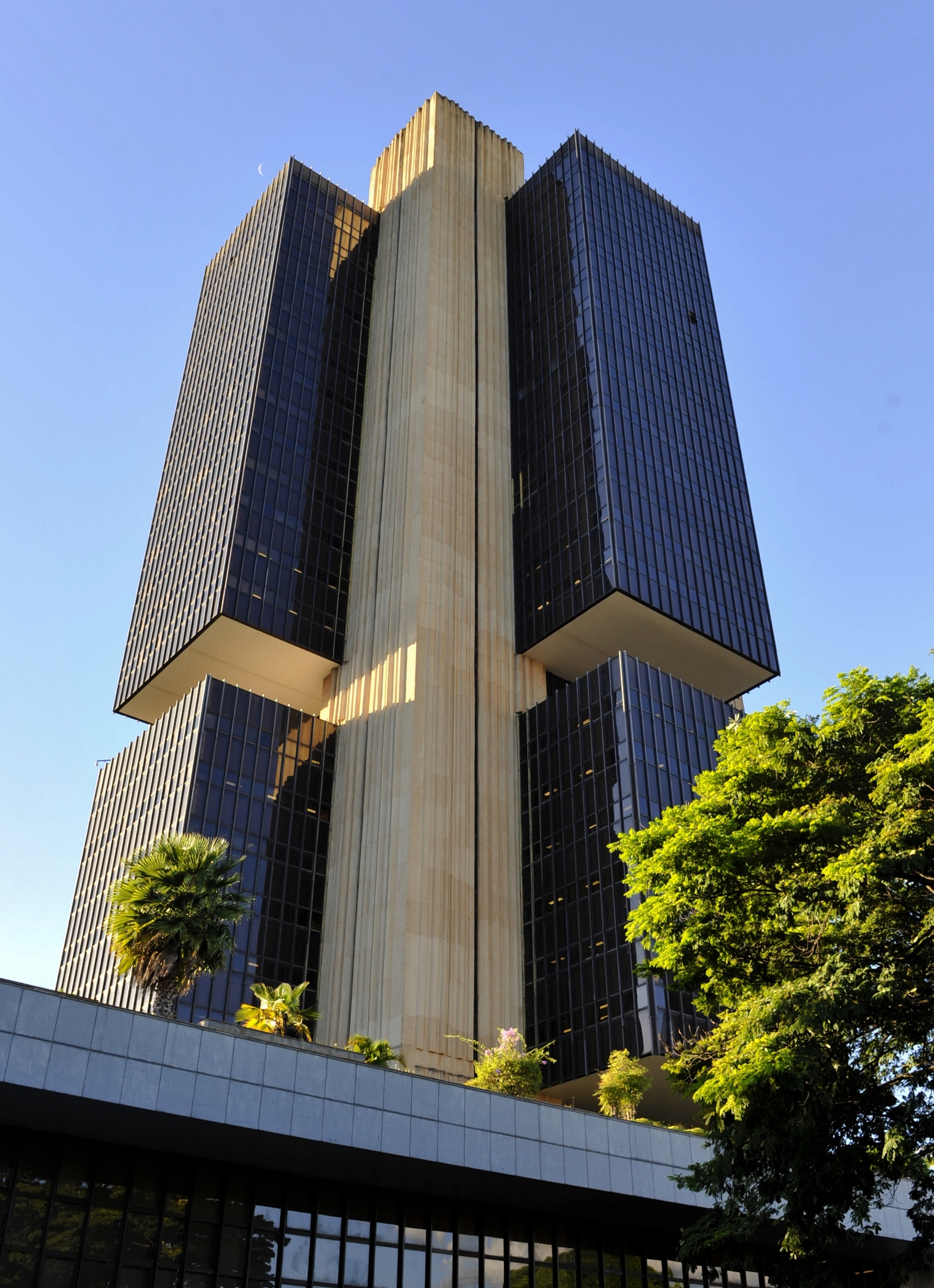It’s a way to help them re-industrialize, writes Barbara Fritz, at a time when recent geopolitics have also sharpened concern about dollar dependency.

Argentina’s President Alberto Fernández, left, with Luiz Inácio Lula da Silva, the newly inaugurated president of Brazil, on Jan. 1. (Casa Rosada/Argentine Presidency, CC BY 2.5 ar, Wikimedia Commons)
By Barbara Fritz
International Politics and Society
 Even before German Chancellor Olaf Scholz met newly re-elected President Lula da Silva in Brasília last week, the latter had visited neighbouring Argentina, where he floated the idea of creating a common currency union for the two countries.
Even before German Chancellor Olaf Scholz met newly re-elected President Lula da Silva in Brasília last week, the latter had visited neighbouring Argentina, where he floated the idea of creating a common currency union for the two countries.
The international response? Shaking heads. “It’s a terrible idea,” tweeted Paul Krugman, Nobel laureate in economics. In the German weekly Die Zeit, Thomas Fischermann wrote about a “dream money of the South.” So, was the announcement of a common currency for southern Latin America just talk?
A monetary union of all of Latin America would cover 5 percent of global gross domestic product (GDP) – in comparison with the euro’s 14 percent, estimates the Financial Times. The idea has been debated since the early days of Mercosur, the Southern Common Market, which was founded in the early 1990s.
A closer look at Brazil and Argentina, its largest member states by far, shows that that is indeed no simple matter. Both countries have long suffered from low and volatile growth and unstable currencies.
Argentina has repeatedly had to declare insolvency. It is not clear that it will be able to pay its May debt instalment to the International Monetary Fund. Inflation in the country of the football world champions is approaching triple digits.
Does Brazil really want to team up with its financially unstable neighbour? And who would want to hold such a regional currency? The two countries’ bilateral trade is minimal – barely 10 percent of their foreign trade. The region is definitely not ready for the currency union Robert Mundell described in his standard theory of optimum currency areas.
Advantages of a Common Currency

Argentina’s Central Bank in Buenos Aires. (Elsapucai, Public domain, Wikimedia Commons)
And yet, there are a few reasons why it would be good for Argentina and Brazil to move their currencies closer together. And a regional currency cooperation already underway shows what is possible.
For one thing, trade within Mercosur offers what Brazil and Argentina have recently been less and less successful in with partners such as the U.S., Europe and China: export manufactured goods.
Even big Brazil, which until 10 years ago exported a respectable amount of finished and semi-finished goods, now mainly supplies the rest of the world with raw materials. In 2020, 90 per cent of its exports were products like soybeans and iron ore. However, 80 per cent of Brazil’s trade with Argentina are technological goods – mainly passenger cars and automotive parts.
Support CN’s
Winter Fund Drive!
That is exactly what Lula and Argentine President Fernández use to justify a future common currency. They want to revive Mercosur as an internally and externally strategic project and strengthen their negotiating positions in multilateral institutions and globally.
Most importantly, as Brazilian economists explain, it is a way to re-industrialise the two countries and make their economies more resilient to global shocks. But such regional trade requires a certain kind of currency coordination.
The fact that the Argentinian peso and the Brazilian real fluctuate at different rates against the U.S. dollar makes the two neighbours’ bilateral trade dicey. For regional trade to rebound, currency coordination is urgently needed.
A theory of optimum currency areas for the Global South has to reverse the traditional order: it’s not a matter of creating a currency union among countries that already have high trade volumes. Instead, greater monetary cooperation is needed to boost South-South trade integration.
Against the Weaponization of Global Finance

Brazil’s Central Bank in Brasilia. (Jonas Pereira/Agência Senado, CC BY 2.0, Wikimedia Commons)
Eurozone countries know a thing or two about the challenges of coordinating the economic policies of neighbouring countries. However, regional trade in the Global South also has other problems, although the solution is not all that utopian.
It’s setting up regional payment systems to allow for greater independence from the U.S. dollar. That’s because the dollar is so dominant in international payments that, outside the eurozone, even regional trading partners usually can’t get by without using the U.S. currency.
A Brazilian exporter has to have his Argentinian importer pay him in dollars, which he then has to change into Brazilian reals – and vice versa. This triangular transaction is costly for companies.
Recent geopolitics have sharpened awareness of dollar dependency, with countries in the Global South observing the “‘weaponization” of global finance with concern.
The sweeping exclusion of Russian banks from the SWIFT global payments system – along with those of Iran, Cuba and Venezuela – shows that monetary policy has long been highly political. Dollar dependency thus also means being dependent on U.S. foreign policy, as Brazilian Finance Minister Fernando Haddad argued last year when he called for a common currency with limited reach.
Ignoring the media uproar, a closer reading reveals that the South American proposal is not about copying the euro but rather about first creating a common cryptocurrency for their central banks to use as a unit of account so that local currencies can continue to be used in bilateral trade.
Mercosur already has an institutional forerunner, the “Local Currency Payment System” (Sistema de Pagos en Moneda Local, SML). Small-scale and little-known, the SML is the first cooperation by central banks in Mercosur.
And that’s not all: While over the past decade, Mercosur either stagnated or regressed in almost all areas, the SML gradually also included the small member states of Uruguay and Paraguay.
As we show in a new study, the SML has played an important role in building trust among central banks – which is what many past regional projects in Latin America have lacked, as Celso Amorim, Brazil’s former foreign minister and brilliant authority on Latin American integration, recently noted.
Incidentally, after World War II, Western Europe jump-started its regional trade with a similar regional payments system. That was followed by the artificial “European Currency Unit” (ECU), which later became the euro.
Whether South America will choose to take a similar path or develop other forms of monetary cooperation — such as a regional digital central bank currency – and what the future holds for the yuan, which China is pushing to strengthen in international trade, are some of the uncertainties of the new multipolar world.
Barbara Fritz is an economist and professor at the Freie Universität Berlin and at the Institute for Latin American Studies (LAI).
This article is from International Politics and Society.
The views expressed are solely those of the author and may or may not reflect those of Consortium News.
Support CN’s
Winter Fund Drive!
Donate securely by credit card or check by clicking the red button:


I see little chance of this happening any time soon. The Argentinian economy is in shambles, with such rampant inflation that, for example, local Paraguayans are buying fuel en masse in Argentina to sell for double the price on the side of the road in Paraguay (which is still a a third of the price of fuel you pay at the gas station in Paraguay). It was quite the sight when I visited my relatives in Paraguy in August last year. Lula would risk a ton of political capital by trying to link the Brazilian economy in this way to the (very much broadly perceived) failing economy of Argentina.
Also, the article and general speculations about a monetary union disregard the other full members states of Mercosur, Paraguay and Uruguay, completely, both of which have pretty stable economies and also stable currencies, as well as a much more centrist government in the case of Paraguay. Especially in Paraguay I can’t see the government being willing to enter a trade union with Brazil and Argentina, at all.
The U.S. dollar gained global goodwill when it consolidated as a global payment currency on the basis of cooperation and its underlying trust. With the dollar being arrogantly weaponized under a misguided foreign policy abused by imperialist psychopaths entrenched in the U.S. deep state that undergirding trust and cooperation evaporates and the international community has little choice left but to seek regional monetary solutions first within their own regions. This Brazilian-Argentinian monetary initiative fits right in here no matter how difficult the proceedings get ahead before it reaches a viable equilibrium, for starters that is. Clearly multipolarity is on the way, kudos to the new regionalists !
Without complete political union, monetary union’s are for the most part, a complete disaster. All it achieves is a perpetually undervalued currency for the stronger countries that are usually the more successful exporters (who would usually suffer from an appreciating currency) while keeping the exports of poorer countries really high. It doesn’t matter how this is dressed up, if trading countries are forced into a single currency then this is inevitable.
The interesting thing is that this is how it always starts and then when the groundwork is laid, it is expanded upon. Regardless of reasoning, the very use of a common currency will create the EU-effect; a payments system using free-floating direct exchange rate of a basket of regional currencies is the only way and the fact that this isn’t being used speaks volumes. Also like all these bodies, Mercosur, in it’s quest for relevance, will expand and create layers of rules which will turn the bloc into a regulatory trap and an economic straight jacket for its members and as it seeks to create bilateral agreements with other blocs such as the EU, the use of the local currencies will quickly go out of the window.
The simple fact is that the interests of independent nation states are best served with bi-lateral trade deals with other individual nations, multilateral trade agreements adversely affect national interests in lieu of a common one.
With a world class economist now at the helm in Colombia, a much broader economic union, including a common currency may be on the horizon, hopefully having learned from the abuse and glaring unfairness of the European Union’s, all Germany and pro investors all the time system.
If Paul Krugman says it is no good, they should definitely do it.
Interestingly, prior to the oil shocks of the early ’70s, most bilateral trade was conducted in local currencies. It involved the buyer purchasing a futures contract for delivery of the sellers currency when the deal was expected to close. When that time came, the buyer closed the contract collected the sellers money and paid him. That requires that you have currency traders who can and do have access to the world’s currencies. That has atrophied since the world had to bail the US out of our inability to actually pay for all the oil we were buying and everything was US$.